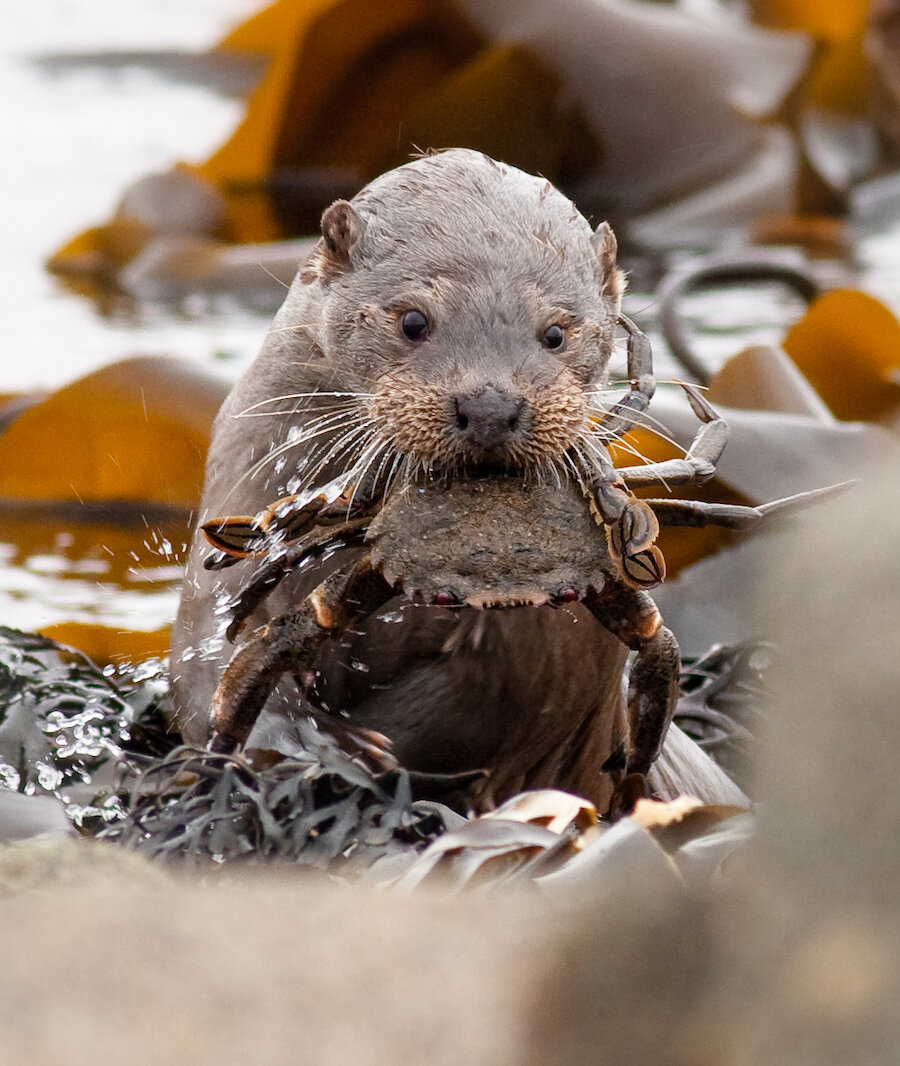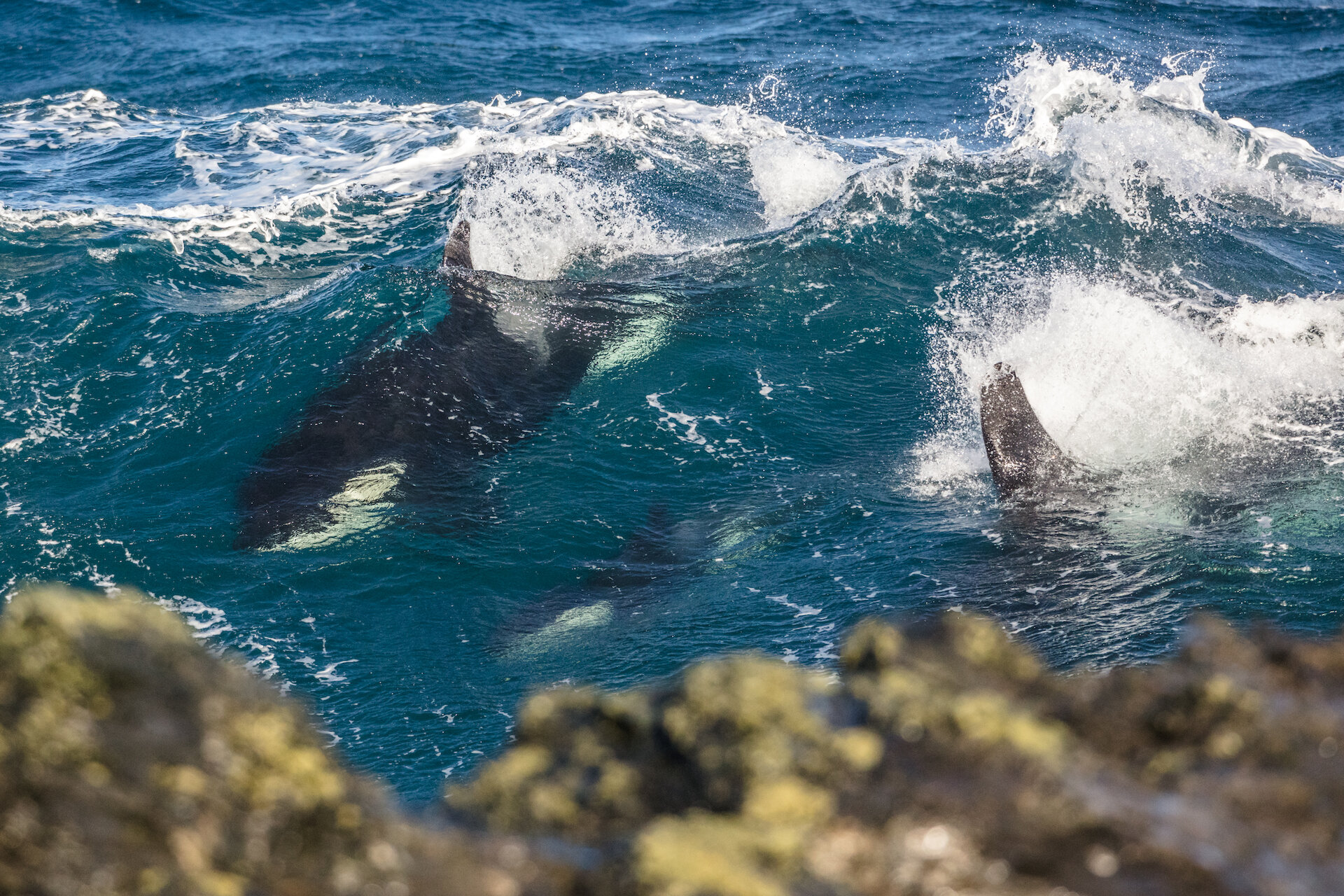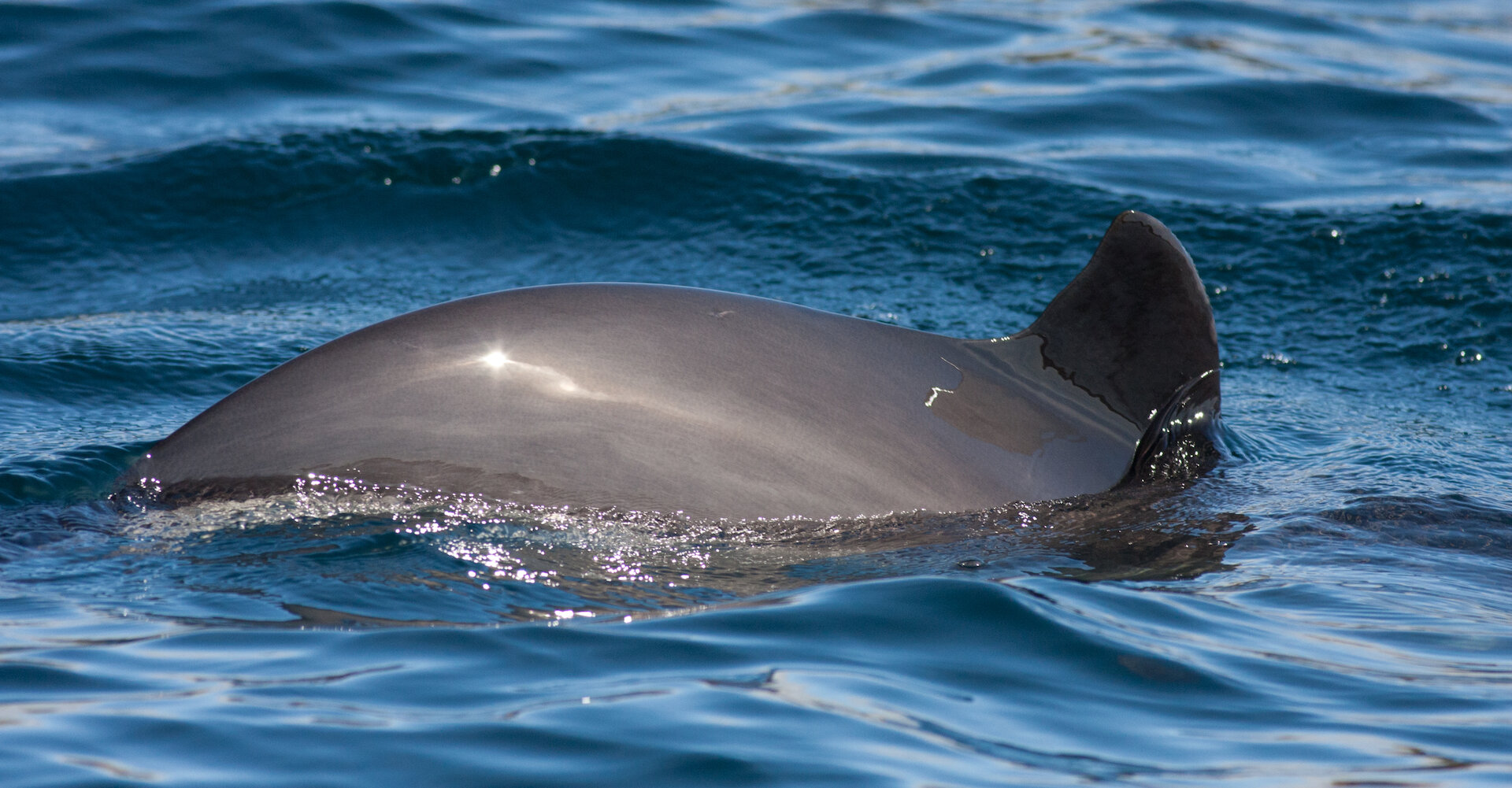Seals
Walk along the coastline or take a stroll across a quiet beach and you’re bound to see an inquisitive head popping out of the water. Don’t be alarmed, it’s likely to be a seal coming for a nose. Seals in Shetland are a common sight, particularly grey and common seals.
The common seal is smaller than the grey seal and has a different head shape. This is the easiest way to tell them apart: the common seal has a pronounced brow ridge, giving it a profile like a spaniel, whereas the grey has a distinctive long, straight nose, more like a wolfhound.
Grey seals tend to spend more time on the exposed, outer coast and common seals in more sheltered water but they often haul out alongside each other. Common seals bring out their pups in June, usually on secluded small islets, and greys usually pup in November, commonly on north-facing shingle beaches at the base of the cliffs. Common seal pups have very dark coats and can swim almost immediately, whereas the greys are born with a creamy-white baby coat and can't swim until they have shed it, when they are about three weeks old.
Occasionally, rarer seals turn up in Shetland waters. There are records of bearded seals, ringed seals and harp seals, all wanderers from the Arctic.


